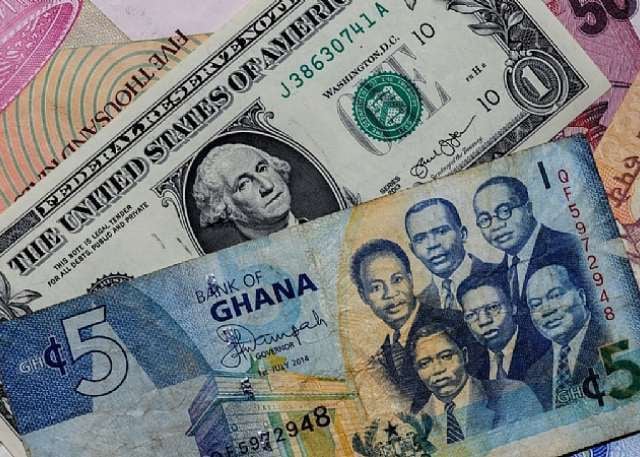The Ghanaian cedi’s performance against major international currencies, particularly the US dollar, has been a subject of ongoing observation and analysis. As of June 11, 2025, data compiled from various sources, including Cedirates.com, forex bureaus, the interbank market, and money transfer operators, reveal a dynamic exchange rate landscape. The cedi’s value fluctuates depending on the specific transaction type and the financial institution involved. This variability underscores the complexity of the foreign exchange market and the influence of factors such as supply and demand, market sentiment, and prevailing economic conditions.
Analyzing the data reveals a discernible difference between the rates offered by traditional forex bureaus and the interbank market. Forex bureaus, catering primarily to individuals and smaller transactions, quoted a buying rate of GHS11.50 per dollar and a selling rate of GHS11.95. These rates are notably higher than the interbank market rates, where the cedi traded at GHS10.24 for buying dollars and GHS10.26 for selling. This difference reflects the forex bureaus’ operational costs and profit margins, as well as the smaller transaction volumes they handle compared to the wholesale transactions characteristic of the interbank market.
The exchange rates for other major currencies, the British pound and the euro, exhibit similar patterns. Forex bureaus quoted average exchange rates of GHS13.57 for converting pounds to cedis and GHS14.50 for the reverse transaction, while the euro traded at GHS11.51 for buying and GHS12.38 for selling. On the Bank of Ghana’s interbank market, the pound was selling at GHS13.85 and the euro at GHS11.71. These variations highlight the influence of currency-specific market dynamics and the role of the central bank in influencing exchange rate stability.
Money transfer operators, specializing in cross-border transactions, offer competitive exchange rates to attract customers. LemFi and Hurupay provided rates of GHS10.18 and GHS10.15 per dollar, respectively, for transfers from the US or the UK to Ghana. For the British pound, LemFi’s rate was GHS13.82, while Afriex offered GHS15.14. Euro transfers saw Afriex at GHS12.82 and LemFi at GHS11.60. These rates often reflect the operators’ ability to leverage technology and economies of scale to offer more favorable terms than traditional banking channels.
Digital subscription payments, an increasingly prevalent aspect of modern consumption, also experience specific exchange rate dynamics. Payments for services like Netflix, Spotify, or Apple Music using Visa and Mastercard incurred exchange rates of GHS11.02 and GHS10.97, respectively. These rates, often determined by payment processors and card networks, factor in processing fees and other charges associated with international transactions.
In summary, the Ghanaian cedi’s exchange rate against major currencies exhibits a dynamic and multifaceted landscape. Variations across different market segments, including forex bureaus, the interbank market, money transfer operators, and digital payment platforms, highlight the interplay of various factors influencing currency valuation. Understanding these dynamics is crucial for individuals, businesses, and policymakers involved in international transactions and economic planning. The information provided by platforms like Cedirates.com plays a vital role in providing transparency and empowering stakeholders to make informed decisions in the foreign exchange market. Continued monitoring and analysis of these trends will be essential for navigating the complexities of the global financial landscape.


